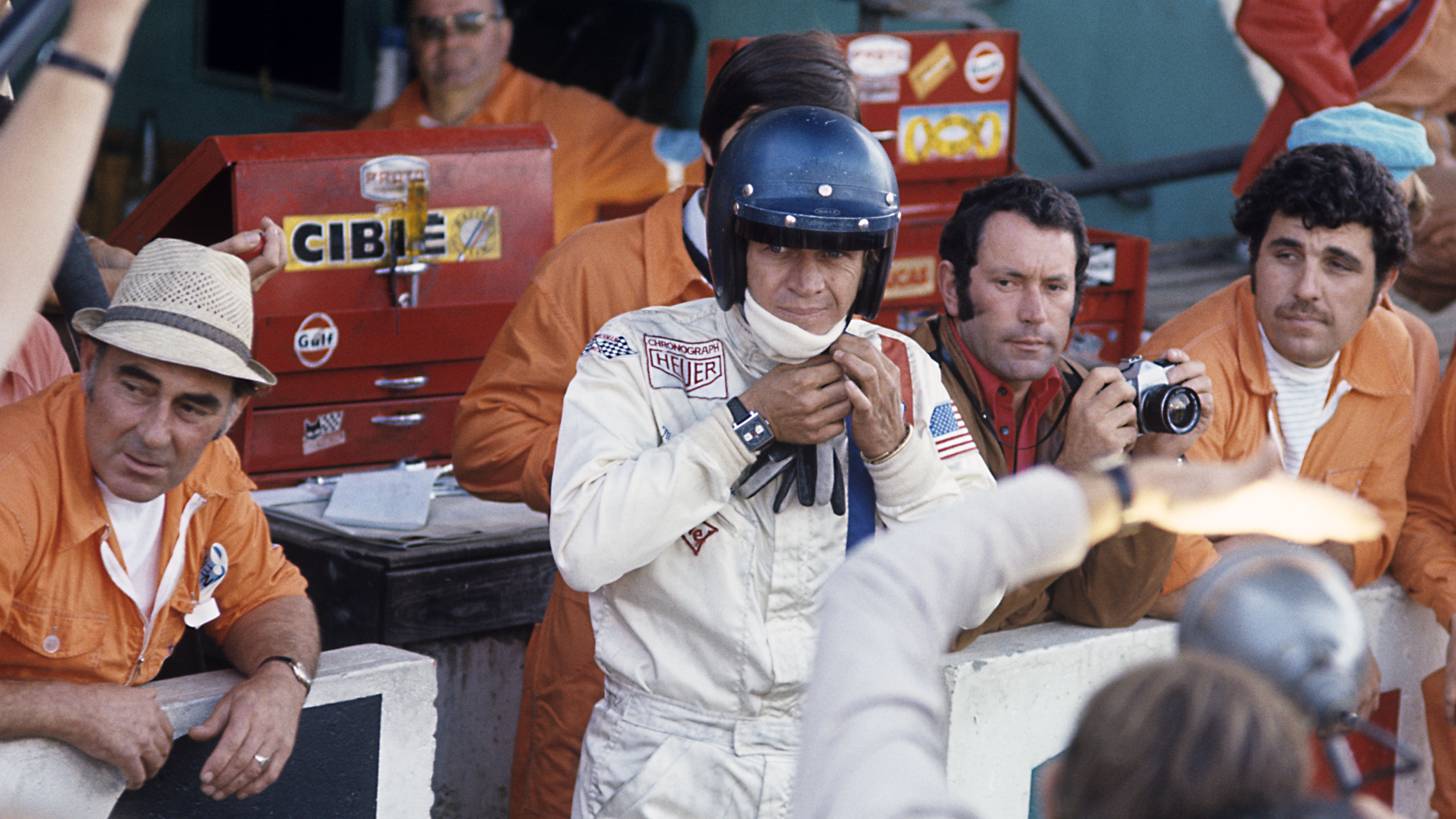‘To buy vintage is to buy something with history, that’s lived a life’: Everything you need to know about the heritage watch world
Collecting and wearing vintages watches has never been cooler.


Once-upon-a-time, hunting for vintage watches was seen as a stuffy pursuit. Nowadays, collecting and wearing them is cool, as confirmed by some multi-million pound auction results, the patronage of A-list celebrities and absolute saturation on social media. Combined, it has also made it a lot harder to find a real bargain, but don’t let that put you off — there’s still some gems out there to discover.
In some ways, it has never been easier to jump into the world of vintage watches — and you don’t even have to leave the house. You’ll find auction details, dealers, forums and enthusiast experts to chat with, online. The downside? It can all feel a bit intimidating, especially because the vintage watch world has a language all of its own, and there are large sums of money in play, which equals greater risk. Furthermore, the quality and proliferation of fakes has never been higher.
One of the biggest mistakes you can make is to impulse buy
‘The amount of information and knowledge out there can feel overwhelming,’ agrees Christy Davis, founder of pre-owned and vintage specialist retailer Subdial. ‘But the fact that someone's always going to know more than you means the pressure's off! You don't need to be the most knowledgeable, just bring an earnest interest and get on down the rabbit hole.’
Down the rabbit hole is right. Most, if not all vintage enthusiasts would agree that — even more than watch collecting in general — it’s a never-ending habit. ‘Social media is a great jumping off point,’ says Kate Lacey, vintage-watch dealer and Roseberys consultant. ‘Quite a few dealers have carved out their own very unique and accessible style — if you find one that aligns with your own, it can make the process of finding a watch quite a bit more straightforward.’
‘One of the biggest mistakes you can make,’ continues Kate, ‘is to impulse buy. It’s easy to feel that you will never see the same watch again, but unless it really is a specific design or rare reference, you may still find another.’
At some point, you will just have to take the plunge and make your first purchase. ‘The best way to actually learn is to have some skin in the game,’ says Christy. ‘You can follow all the blogs in the world, but until you actually decide to buy your first watch you won't really be forced to learn. Set yourself a budget and take your time, you'll really start to learn once you've made the decision to actually buy.’
I think it helps to be slightly more open minded when it comes to buying vintage
So you know your own mind, you’ve followed a dozen vintage dealers on Instagram, signed up for Chrono24 and set up a suite of eBay searches. The question that remains for most is: How do you trust what you’re buying, and who you’re buying it from?
Exquisite houses, the beauty of Nature, and how to get the most from your life, straight to your inbox.
‘If a dealer has been in the industry a long time, it would usually imply they know what they’re doing,’ says Kate. ‘But it doesn’t hurt to ask around; get to know them; look at their stock. Check their returns policy, if there is a guarantee, service history and so on. Sometimes vintage watches can go wrong, but a good dealer will guide you through what to expect from your watch.’
‘Check reviews as a starting point,’ agrees Christy. ‘If they seem good, then test their transparency — ask something like "I'm new here, can you tell me a bit about how you've priced this watch and how it compares to the market". They should be able to give concrete examples of other pieces in the market; they'll be making a margin, that's their business, but they should be able to explain how they're priced, and you'll get a sense of just how transparent they're being when you speak to them.’
It’s important to understand how sales platforms operate. Sites such as Watchfinder and The 1916 Company hold their own stock, which they authenticate and service in-house; Chrono24 act solely as a middleman, connecting buyers and sellers without ever touching the watch, or taking responsibility for its condition. eBay, once the wild west of watch buying, has cleaned up its act, and now boasts an authentication service for watches that sell for more than £1,500. Sadly, its reputation as a hunting ground for bargains is a thing of the past. ‘It’s a great place to find lower value brands and odd references,’ says Christy, ‘but gone are the days when you could easily pick up mispriced listings. There are just too many people following watches these days.’
And so to the watch itself which, if you’ve done your required research, you will know won’t turn up in pristine condition (unless you’re very lucky and/or very rich). Originality is extremely desirable, but what is even more important is full disclosure of any work that’s been done to the timepiece. It’s rare to find one that’s completely untouched, but that’s sort of the point. To buy vintage is to buy something with history, that’s lived a life.
‘I think it helps to be slightly more open minded when it comes to buying vintage,’ says Kate. ‘It’s a very different buying experience to buying at retail — many vintage buyers don’t expect or want to buy something that’s brand new looking, but they want [it to be] as original as possible. It’s like buying a car — it might have a few little quirks that you might have to learn to live with.’
The good news is you can still find interesting vintage watches for relatively affordable sums — £1,000 should give you plenty of wiggle room. Plus, if you’ve shopped carefully, your purchases shouldn’t depreciate too much, but don’t go in thinking you’re about to turn a quick profit.
‘Some people can reliably invest well and make solid returns, but it's less easy to do and kind of isn't the point,’ says Christy. ‘The collectors that I see who make the best financial decisions tend to be buying with their heart and looking for areas of collectability that have been forgotten about. A few years later the wider community will catch up.’
‘Don’t buy into trends,’ says Kate. ‘If you really want to “invest”, start with the blue chip brands and the classic models: Rolex, Patek, Cartier… Buy the best condition you can afford. However, it’s better to just buy what you love.’
Her parting words: ‘Don’t bother with birth year watches.’
Click here to read more of Chris Hall's watch columns for Country Life
Chris Hall is a freelance writer and editor specialising in watches and luxury. Formerly Senior Watch Editor for Mr Porter, his work has been published in the New York Times, Financial Times, Esquire, Wired, Wallpaper* and many other titles. He is also the founder of The Fourth Wheel, a weekly newsletter dedicated to the world of watches.
